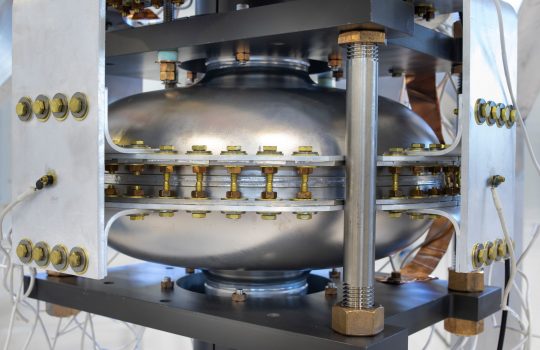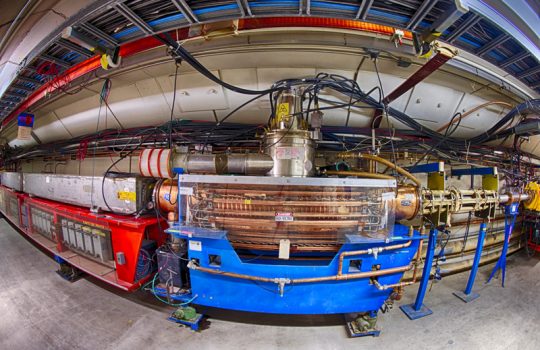How the 2010s changed physics forever
From Gizmodo, Nov. 14, 2019: Fermilab scientists Josh Frieman and Patty McBride reflect on how scientists are taking on the challenges of particle physics in light of the progress in the field over the last decade.




